When it comes to financing business ventures, there are two primary options: traditional banking and asset finance. Both approaches have their advantages and disadvantages, and the best option for a business will depend on its specific needs and circumstances. In this article, we will compare asset finance and traditional banking, highlighting their respective pros and cons.
Asset Finance: Pros and Cons
Asset finance is a popular financing solution that allows businesses to acquire assets without incurring a large upfront cost. Here are some of the pros and cons of asset finance:
Pros of asset finance
No Large Upfront Costs: With asset finance, businesses can acquire assets without making a significant upfront investment. This can be especially beneficial for startups and small businesses that may not have a lot of cash on hand.
Increased Cash Flow: Asset finance can improve a business’s cash flow by spreading the cost of the asset over an extended period. This can allow businesses to use their cash reserves for other purposes, such as investing in new projects or expanding into new markets.
Greater Flexibility: Asset finance can be a more flexible financing solution than traditional banking. The terms and conditions of the loan can be tailored to the business’s specific needs and circumstances.
Asset Management: With asset finance, the lender typically retains ownership of the asset, and the borrower pays a fee to use it. This means that the lender is responsible for managing the asset, including maintenance and repairs.
Cons of asset finance
Higher Interest Rates: Asset finance typically has higher interest rates than traditional banking. This is because the lender is taking on more risk by financing a specific asset rather than a more general business venture.
Limited Borrowing Capacity: Asset finance may have limited borrowing capacity compared to traditional banking. This is because the lender is only financing a specific asset rather than the overall business venture.
Traditional Banking: Pros and Cons
Traditional banking is a more traditional financing solution that involves obtaining a loan from a bank. Here are some of the pros and cons of traditional banking:
Pros of traditional banking
Lower Interest Rates: Traditional banking typically has lower interest rates than asset finance. This is because the lender is taking on less risk by financing a more general business venture.
Greater Borrowing Capacity: Traditional banking can offer greater borrowing capacity than asset finance. This is because the lender is financing the overall business venture rather than a specific asset.
Business Relationship: Traditional banking can help build a long-term relationship between the borrower and the lender. This can be beneficial for the borrower in the future when they need additional financing.
Cons of traditional banking
Large Upfront Costs: Traditional banking typically requires a significant upfront investment from the borrower, such as a down payment or collateral. This can be challenging for startups and small businesses that may not have a lot of cash on hand.
Rigorous Approval Process: Traditional banking typically has a rigorous approval process that can be time-consuming and challenging for some borrowers. This can be especially difficult for startups and small businesses that may not have a long track record of success.
Limited Flexibility: Traditional banking may be less flexible than asset finance. The terms and conditions of the loan are typically less customizable and may not be tailored to the borrower’s specific needs and circumstances.
Both asset finance and traditional banking are viable financing options for businesses. Asset finance can provide a more flexible and affordable solution for acquiring assets, while traditional banking can offer greater borrowing capacity and lower interest rates. Ultimately, the best option for a business will depend on its specific needs and circumstances. By carefully considering the pros and cons of each option, businesses can make an informed decision that will support their growth and success.



